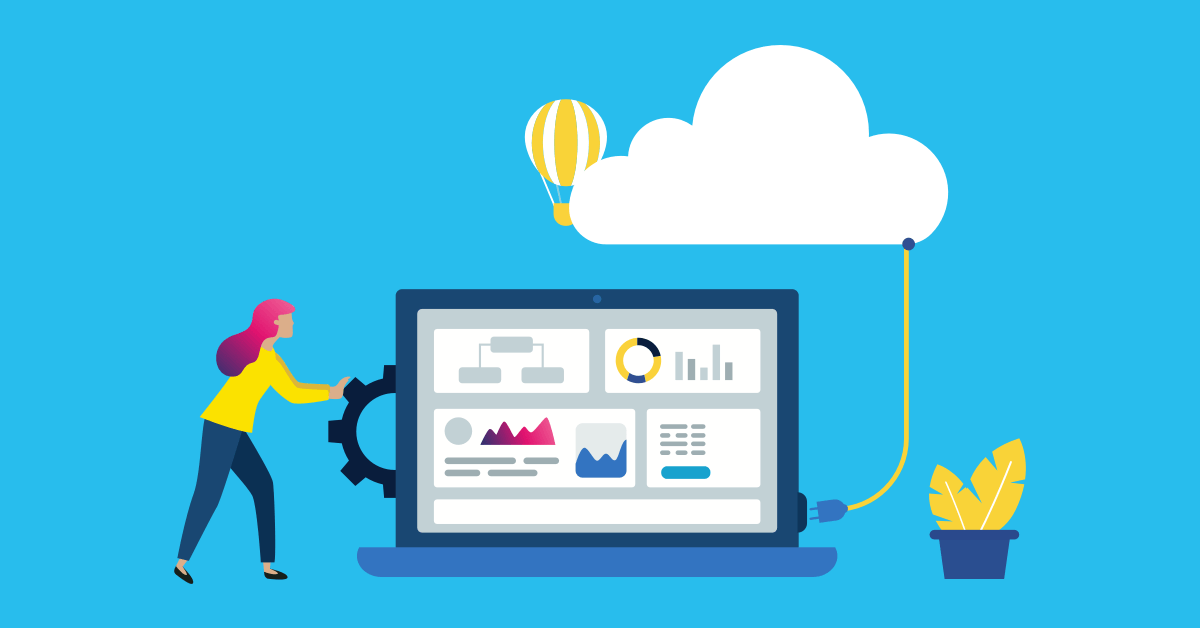Need to know common mistakes when migrating to the cloud

What is cloud migration
A cloud migration is when a company moves some or all of its data center capabilities into the cloud, usually to run on the cloud-based infrastructure provided by a cloud service provider such as AWS, Google Cloud, or Azure. Migrating to a data storage in the cloud is already more of a rule than a journey that only some undertake. Especially after the new normal imposed by the Covid-19 pandemic, where remote work became widespread and data must be accessed from different parties, companies increasingly need an efficient use of resources, including storage. Now, when migrating to the cloud there are certain steps to follow to avoid some common mistakes, let’s see what they are.
How to migrate to cloud
Once a migration project has been approved and resources have been allocated, it is time to plan . Often times, companies don’t take the time to work through the readiness stage and are unaware of what steps will be required to migrate data from an on-premises infrastructure environment to a cloud platform. In both cases, this can be a source of major errors.
A cloud migration project is about an application redesign that will change not only the way IT administrators interact with their systems, but also the way applications interact with each other and are used by end users.
Mistakes of the migration to the cloud and Recommendations
There are many factors to consider when moving applications and migrating data to a cloud environment. We are going to see below some errors that can be avoided.
Failure to consider existing access mechanisms:
Until the day of data migration, business users use certain protocols and paths to applications that they are well acquainted with. As soon as the project ends effectively, there will be quite a few changes that will undoubtedly affect them. To overcome initial resistance and improve the user experience, it is necessary to:
- Prepare users for news.
- Inform if there will be IP addresses or DNS entries that need to be updated, as part of the migration.
- Bring to their knowledge all the changes that may affect them.
- Make decisions aimed at achieving minimum impact and maximum efficiency, for example when it comes to
- choosing between migrating groups of users at the same time or applying other approaches.
- Determine before migrating data if users will have to authenticate to connect to the service or if it will be
- possible to take advantage of a WAN or MPLS network.
Licensing issues:
This topic is related to the cost of the cloud migration project. To migrate data, you must be clear about what type of license the applications have. It may be that the license is VM (virtual machine), per total infrastructure footprint or per core. Knowing under what conditions the contract has been agreed with the service provider is necessary to be able to:
- Calculate how much your licensing costs could be.
- Understand how license providers work with respect to the cloud as this can impact their cost.
- Failure to choose a resource optimized environment: to avoid this, you need to make sure you choose the right cloud environment to match the requirements of: Availability,Use of resources.
- It is also important to review the CPU resource patterns to be able to profitably offer the required availability, otherwise, architecture problems would end up undermining user performance and user satisfaction.
Do not review the security policies of the cloud provider:
not all clouds are the same, nor are their security conditions. Since information protection is a priority issue, and it should also be when migrating data; Organizations must carefully examine the implementation of security policies to ensure that the required level of security is achieved even despite needing to take measures such as:
- Make some concessions to relax certain policies.
- Handover responsibility for some areas to the cloud service provider.
- Use temporary solutions that complement the cloud architecture to meet compliance demands.
Disregard integration needs :
When planning a migration project, do not neglect dependencies between applications. Understanding existing relationships makes it easy to plan the sequence and how your data migration to the cloud will take place. Discovering the importance of this aspect too late can lead to:
- Unforeseen interruptions.
- Limitation of functionality in systems.
- Future data governance issues.
A cloud migration project requires careful planning. This implies the need to design a specific road map for the company and the initiative, taking into account a holistic vision of the system and its architecture. The cloud migration plan should address these two factors not only in terms of application space, but in terms of surrounding processes and policies.
Also Read: What are Google Cloud services




